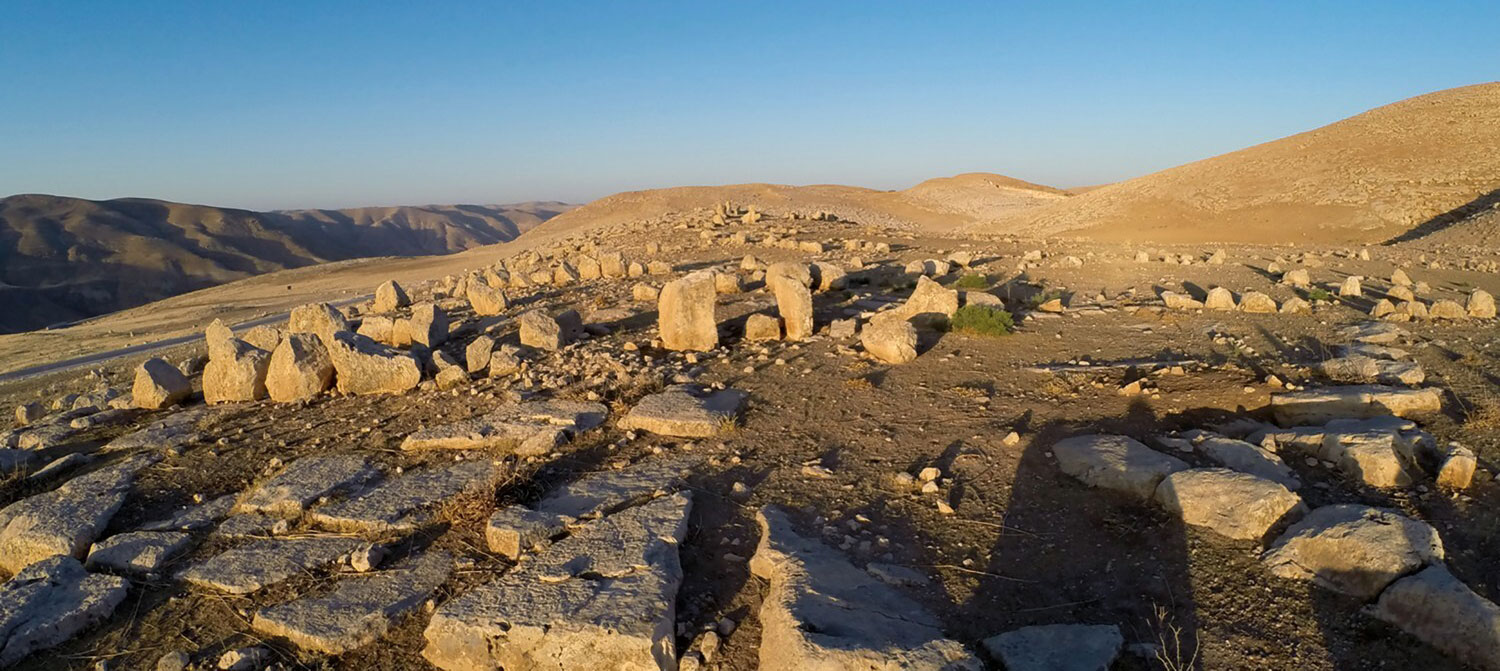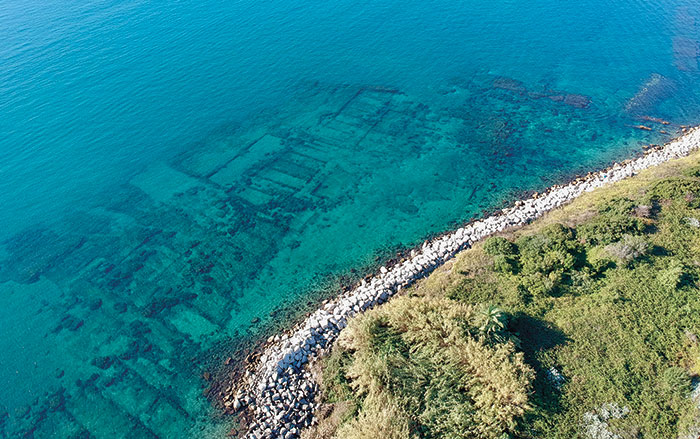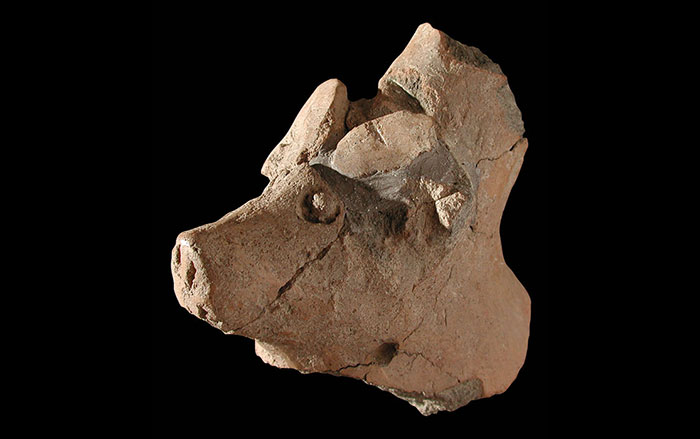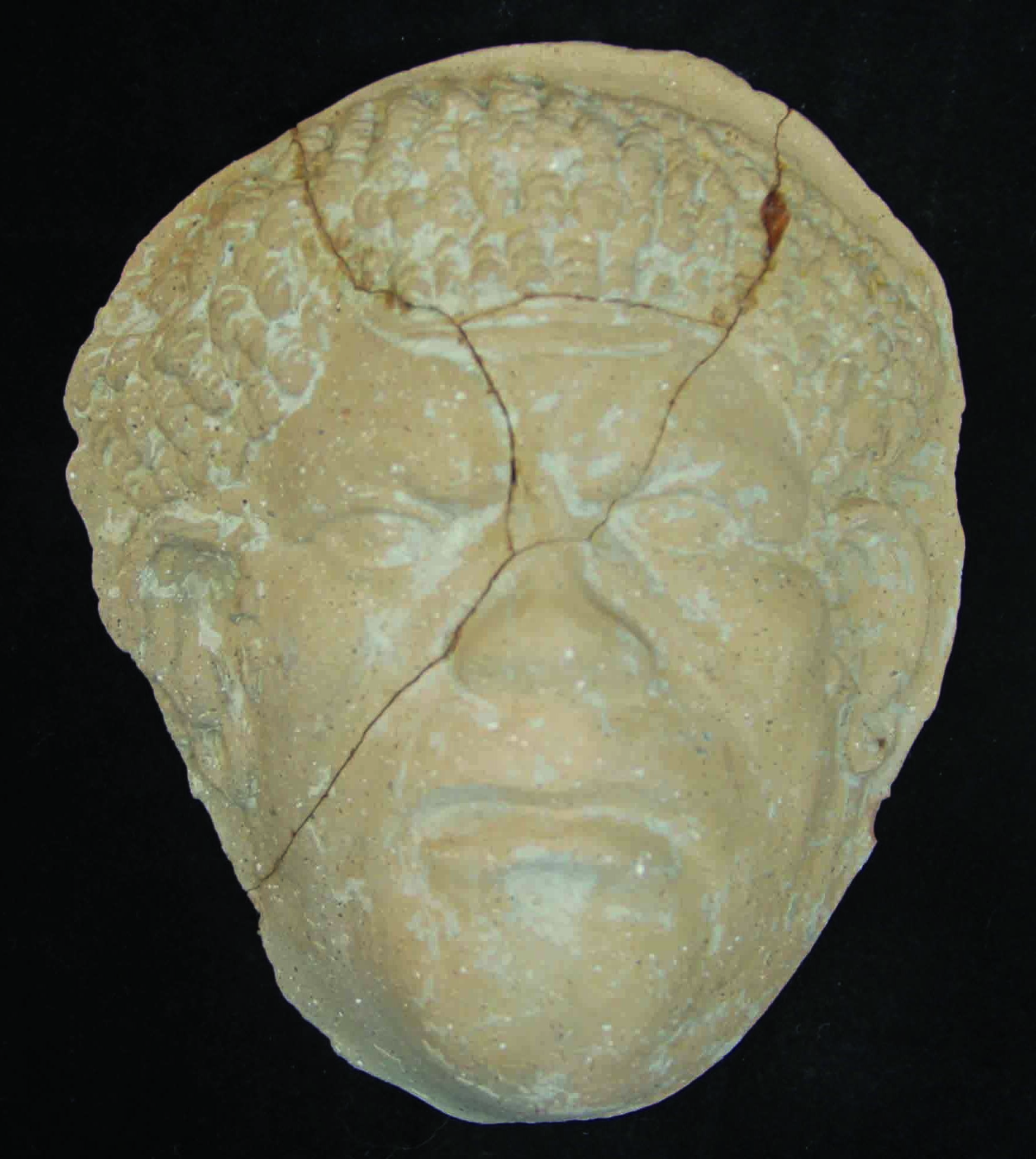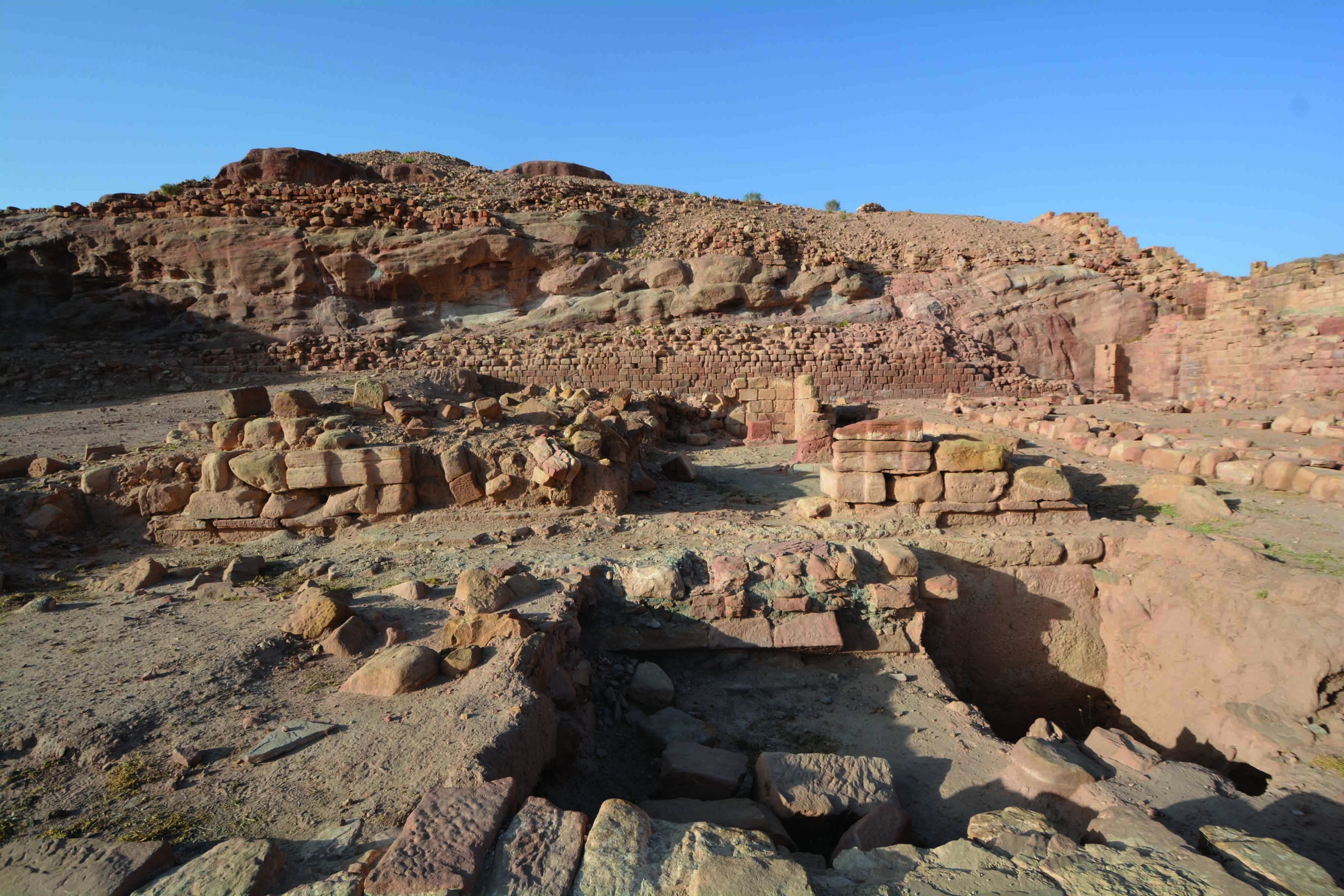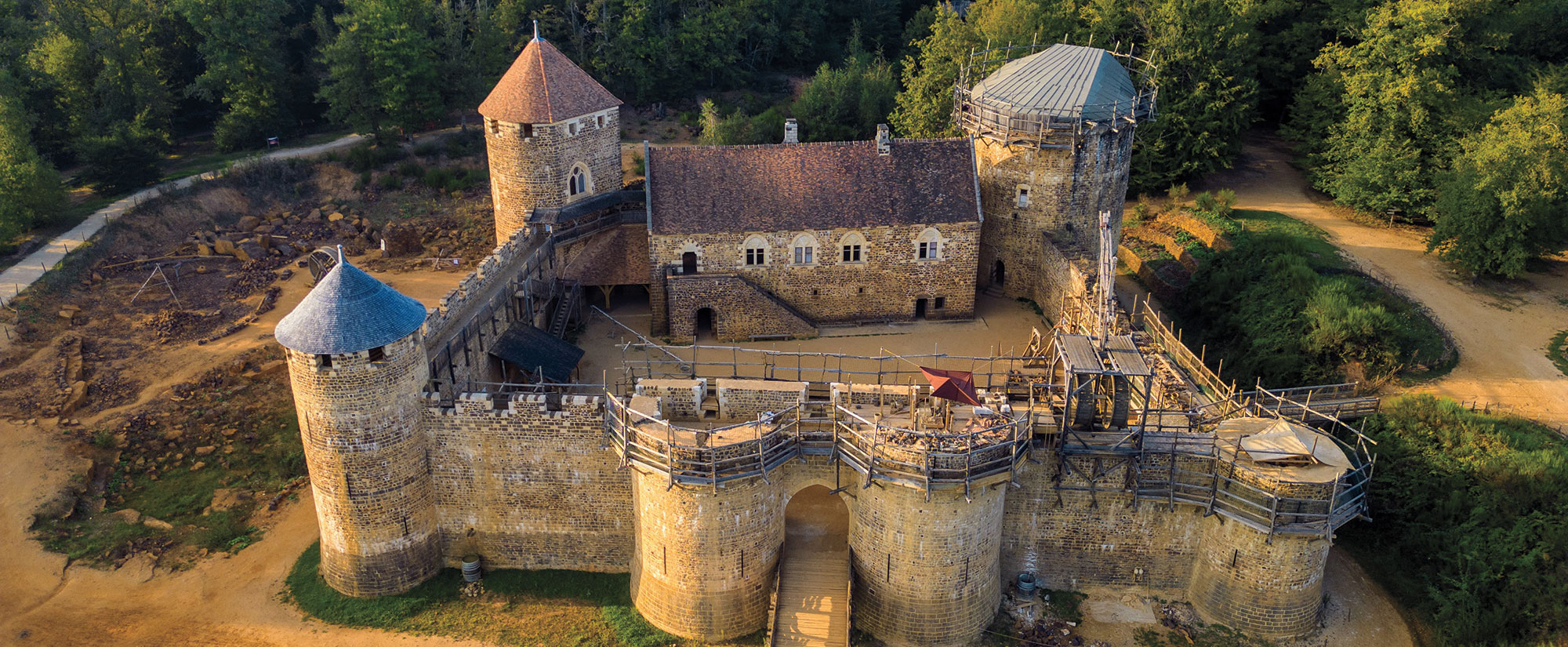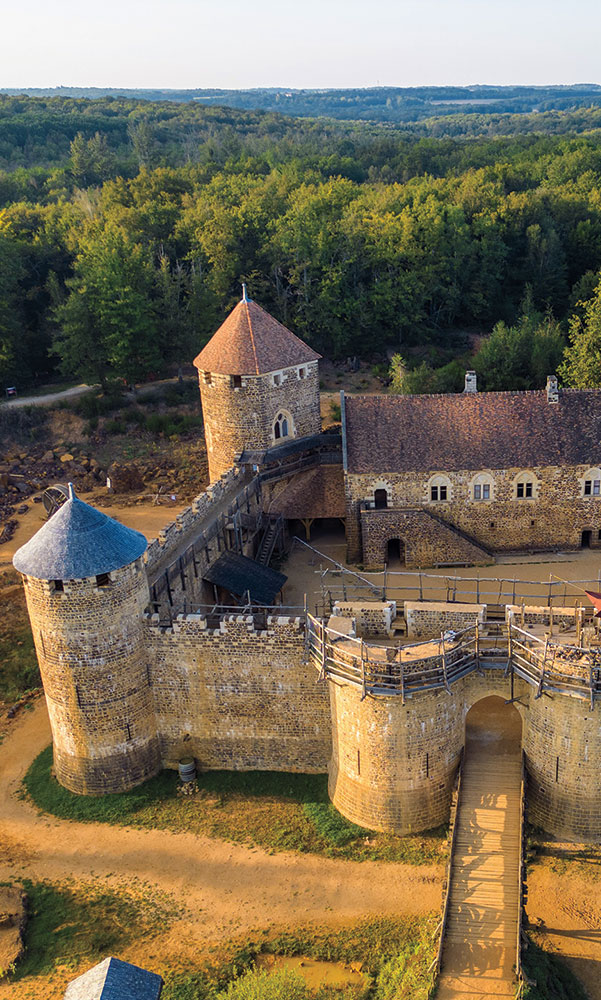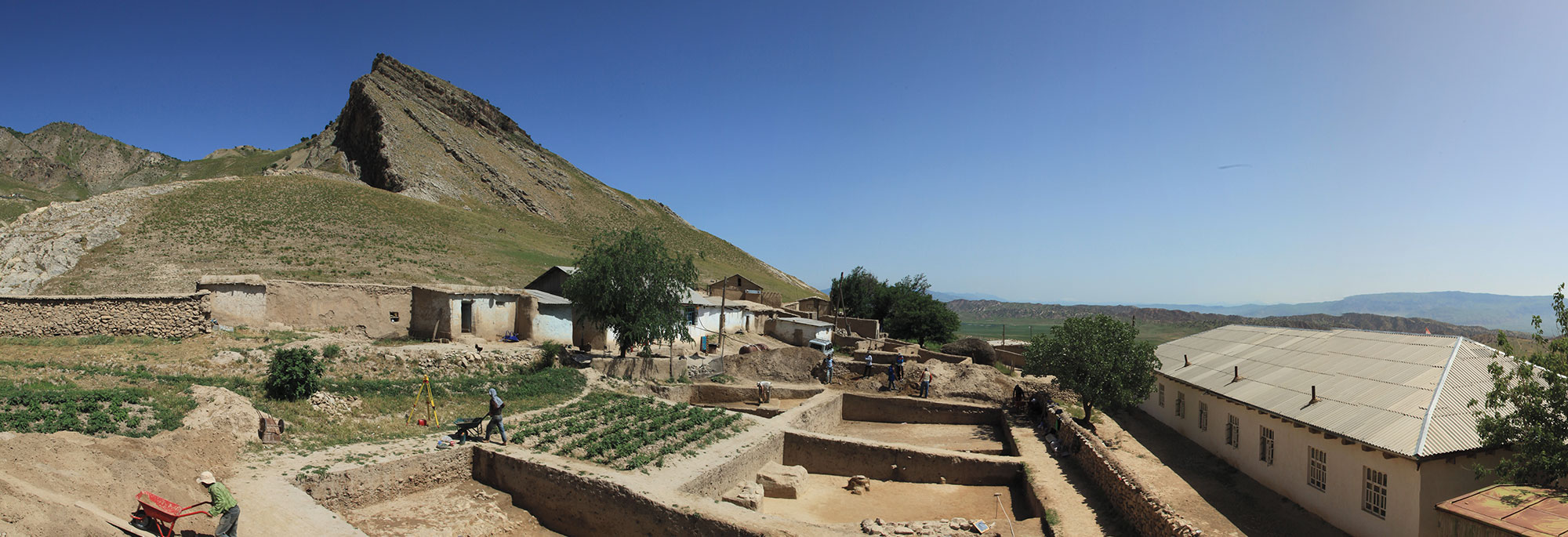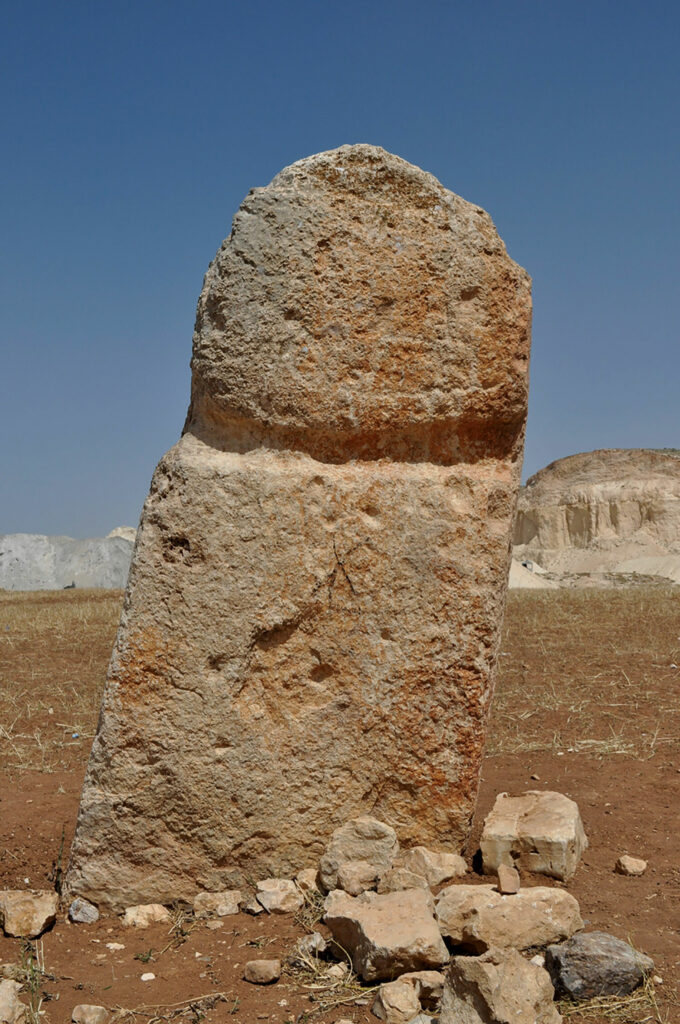
COPENHAGEN, DENMARK—According to a statement released by the University of Copenhagen, researchers led by Susanne Kerner have evaluated 95 dolmens, or stone burial monuments, at the site of Murayghat, which is located in central Jordan. Settlement at Murayghat dates back to about 6,500 years ago, when people built larger domestic areas and small shrines. Construction of the dolmens began in the Early Bronze Age, some 5,500 years ago. Kerner and her colleagues think that this shift toward building megalithic structures may have occurred as a communal response to climate change and social disruptions. The presence of Early Bronze Age artifacts such as large bowls, grinding stones, flint tools, animal horn cores, and copper objects at the site suggests that the population practiced communal rituals, feasting, and burials at their ceremonial monuments. “Murayghat gives us, we believe, fascinating new insights into how early societies coped with disruption by building monuments, redefining social roles, and creating new forms of community,” she explained. To read the scholarly paper describing the research, go to Levant. For more about the Bronze Age in Jordan, go to "Desert Life."


